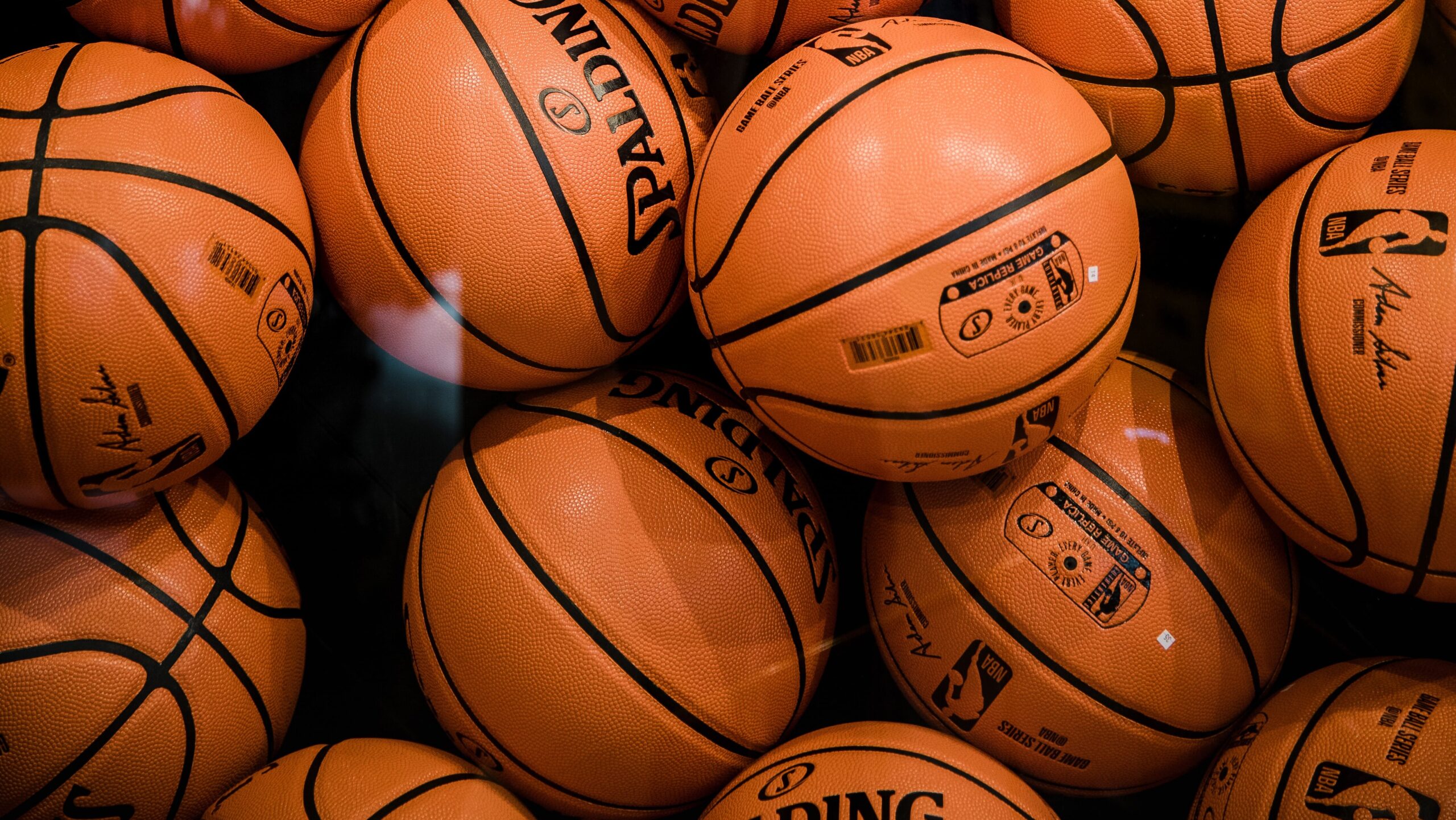Difference Between 3v3 and 5v5 Basketball
Difference Between 3v3 and 5v5 Basketball

You have two options when considering basketball for your child: competitive or recreational.
Understanding your child’s goals for the season and making the right choice for their development are important to consider when signing up your child for basketball this season.
Competitive teams are usually geared toward more skilled athletes, include more advanced training and strategies, and require a significant time and financial commitment.
Competitive teams for youth usually start around 2nd/rd grade and, at the youth level, consist solely of 5v5 basketball (traditional).
Recreational teams are more casual, skill levels are diverse, and games are geared toward learning and getting experience under your belt.
While 5v5 is currently the most popular basketball option for youth, 3v3 is quickly gaining traction as the best option for kids and families. In fact, in 2020, the Olympics hosted their first 3×3 tournament EVER (and the US Women took home the gold!).
So, why would you put your child in 3v3 basketball when most kids still play 5v5?
Good question.
Each format offers unique benefits and can positively impact a player’s development. I cover the top differences in 3v3 and 5v5 basketball below.
Teamwork and Collaboration
🏀 5v5: Teamwork takes center stage. Young athletes navigate a busier environment with ten players on the court, where coordination, communication, and play execution are key.
This format encourages a better understanding of offensive and defensive strategies (running plays) and emphasizes the importance of passing, screening, and off-ball movement. The larger team size fosters collective problem-solving skills, cooperation, and the ability to work towards a common goal. These are typically regarded as more advanced skills.
🏀 3v3: Stronger emphasis on individual skills and decision-making. With fewer players, young athletes have more opportunities to dribble, pass, and create their own scoring opportunities.
3v3 promotes self-reliance and individual creativity instead of just running plays.
Skill and Player Development
🏀 5v5: Players have more opportunities to refine their skills within a team structure. Shooting, passing, dribbling, and defensive techniques can be practiced in various game situations with their teammates.
The larger team size also facilitates the development of advanced skills such as setting screens, reading defenses and executing complex plays. As a result, this environment enhances their versatility as a player and overall basketball IQ.
🏀 3v3: Accelerates individual skill development. The smaller team size increases player involvement and touches on the ball. Young athletes have more opportunities to showcase their shooting, dribbling, and one-on-one moves.
Players must identify scoring opportunities, exploit mismatches, and defend against opponents in a more open and fast-paced environment. This keeps all players on the floor engaged and focused on each possession.
Court Awareness and Decision-making
🏀 5v5: Requires a higher level of court awareness due to more players on the court and, usually, the addition of offensive and defensive systems. Players learn to read the game and identify open teammates in a sea of jerseys. These are valuable skills for any basketball player.
The structured nature of 5v5 basketball also helps players grasp concepts such as off-ball movement, help defense, and team rotations. While these sound like advanced skills, it is around 2nd grade that players start to learn these concepts naturally.
🏀 3v3: Sharpens a player’s decision-making abilities in a different way. With fewer players and a much smaller court, there is less space to run and less time between possessions. This forces players to judge when to shoot, drive, or pass quickly.
While this might sound too fast for young players starting out, it’s not. It actually forces them to play instinctually rather than overthink. This allows them to correct their mistakes through repetition rather than get hung up on them (which increases performance anxiety).
Difference Between 3v3 and 5v5 Basketball
When it comes to youth development, both 3v3 and 5v5 basketball offer valuable learning experiences.
5v5 basketball emphasizes teamwork, collaboration, and the understanding of offensive and defensive systems.
3v3 basketball nurtures individual creativity, decision-making, and adaptability.
Regarding the difference between 3v3 and 5v5 basketball, we believe 3v3 recreational basketball is best suited for youth as they may get overwhelmed (or bored) in the traditional 5v5 setting.
If your athlete is more competitive but looking to maximize player development, they will benefit from both formats. They can exercise teamwork and collaboration in 5v5 while honing their individual skills in 3v3 basketball.
REGISTER